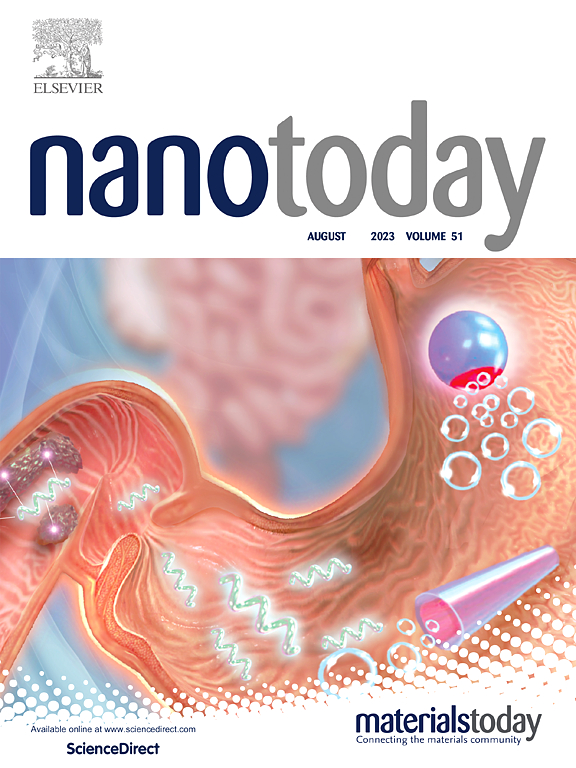Optically-modulated and mechanically-flexible MXene artificial synapses with visible-to-near IR broadband-responsiveness
IF 13.2
1区 材料科学
Q1 CHEMISTRY, MULTIDISCIPLINARY
引用次数: 0
Abstract
The inherent limitations of von Neumann computing associated with its inefficient parallel-processing of massive data become increasingly pronounced in state-of-the-art digital device technologies. Artificial synapses of the human brain-inspired neuromorphic computing are emerging as a viable solution, which demands to explore unconventional materials responsive to a variety of electrical and/or optical stimuli. Herein, we report that solution-processed titanium carbide MXene (Ti3C2Tx) exhibits essential characteristics for optoelectronic synapses-based neuromorphic computing. Specifically, it presents optically-triggered synaptic plasticity with memory effects in a broad spectral range, as well as accompanying a large degree of mechanical deformability. By leveraging the optoelectronics-mechanics coupling, we demonstrate that MXene-based devices can simulate vital functionalities demanded in artificial neural networks (ANNs) such as associative learning behaviors and high-accuracy pattern recognition. Furthermore, the operational principle of the MXene optoelectronic synapses is unveiled in the context of the charge trapping/de-trapping mechanism enabled by its processing-introduced bandgap opening.
求助全文
约1分钟内获得全文
求助全文
来源期刊

Nano Today
工程技术-材料科学:综合
CiteScore
21.50
自引率
3.40%
发文量
305
审稿时长
40 days
期刊介绍:
Nano Today is a journal dedicated to publishing influential and innovative work in the field of nanoscience and technology. It covers a wide range of subject areas including biomaterials, materials chemistry, materials science, chemistry, bioengineering, biochemistry, genetics and molecular biology, engineering, and nanotechnology. The journal considers articles that inform readers about the latest research, breakthroughs, and topical issues in these fields. It provides comprehensive coverage through a mixture of peer-reviewed articles, research news, and information on key developments. Nano Today is abstracted and indexed in Science Citation Index, Ei Compendex, Embase, Scopus, and INSPEC.
 求助内容:
求助内容: 应助结果提醒方式:
应助结果提醒方式:


